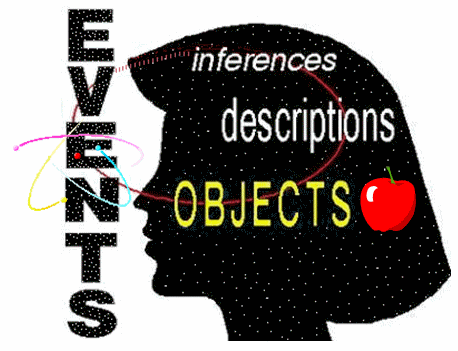
A History of the 'Is of Identity'
Written 1996 by Steven LewisKorzybski introduced general semantics to the world in two papers, Time Binding: The General Theory, written in 1924 and 1925. In these papers he introduced his Structural Differential ("Anthropometer"), he discussed consciousness of abstracting, confusion of the orders of abstraction, silence on the objective levels, the individuality of objects, non-aristotelian systems .... However, in neither of these papers did he use the terms "identity" or "identification." He made no references whatsoever to any "is of identity." These terms first made their appearance in Korzybski's writings in 1931 in a paper he presented before the American Mathematical Society in New Orleans. This paper is reprinted beginning on page 747 in Science and Sanity.
Korzybski did not invent the expression "is of identity." The expression was widely used in certain scholarly circles long before AK developed GS. For example, in his 1931 paper AK gives credit to the writings of a 19th century British mathematician, William Stanley Jevons, for formally discussing the "is of identity" in connection with the Aristotelian "laws of thought" in Jevons' 1883 book The Elements of Logic. (S&S p749)
Later in his paper AK quotes from the 1847 Formal Logic of the British mathematician Augustus de Morgan: "The complete attempt to deal with the term 'is' would go to the form and matter of everything in existence, at least, if not to the possible form and matter of all that does not exist, but might." (S&S p749-750)
Morgan's book also contains this statement, which Korzybski later quoted: "The words 'is' and 'is not,' which imply the agreement or disagreement of two ideas, must exist, explicitly or implicitly, in every assertion." (S&S p3)
Long before S&S Bertrand Russell was writing of the "is of identity" in his 1903 book Principles of Mathematics (see page 26 of the 2nd edition). Here Russell uses the term "identity" not meaning "the same in all respects" but in the sense of equivalence.
Korzybski also quotes from George Santayana's 1923 book "Skepticism and Animal Faith." Santayana wrote: "The little word 'is' has its tragedies; it marries and identifies different things with the greatest innocence; and yet no two are ever identical, and if therein lies the charm of wedding them and calling them one, therein too lies the danger. Whenever I use the word 'is,' except in sheer tautology, I deeply misuse it; and when I discover my error, the world seems to fall asunder and the members of my family no longer know one another." (S&S p3)
Clearly, the "is of identity" was well recognized by scholars long before Korzybski's general semantics. Only after developing his theory of proper evaluation through consciousness of abstracting and publishing two major papers on the subject did AK introduce references to it.
Go to General Semantics Home Page ||| Go to Steven Lewis Home Page